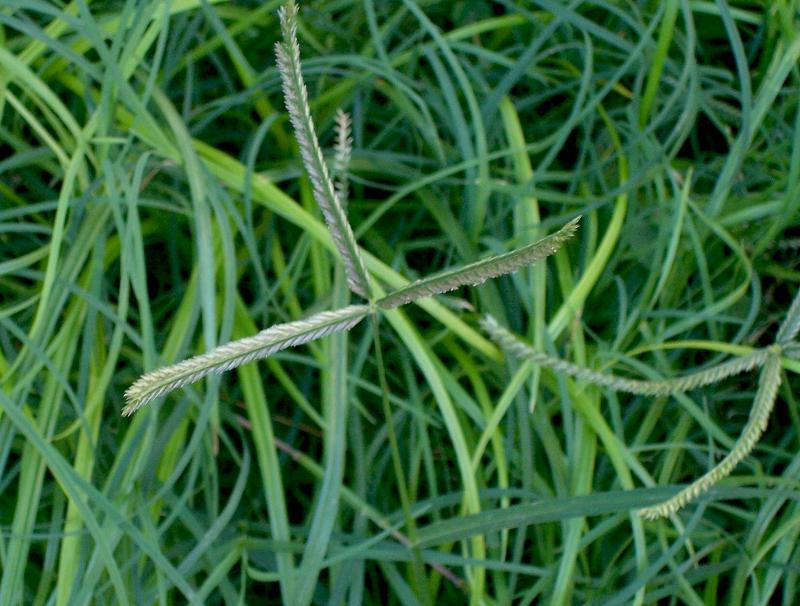Nanocellulose is cellulosic material which has one of its dimensions (diameter or length) in nano-scale (100 nanometer, nm or less).
(Note: In comparison to adult human hair, the average diameter size of a single human hair is about 80 micrometer. For a nanocellulose having diameter of 80 nanometer, the size is 1000 times smaller than human hair!)
Nanocellulose can be derived from any cellulose-based materials, such as plant biomass, pulp and paper, cotton, and etc. Since Malaysia is rich in oil palm trees and generating abundance of oil palm biomass, there is potential to produce nanocellulose from oil palm biomass. Nanocellulose is a versatile material, in which it could be tailor made to suit its application. Nanocellulose in nature has special properties such as mechanically strong, high specific surface area, renewable and biodegradable.
These special features make nanocellulose an excellent material to be applied in various products such as biocomposite plastics and packaging products (as reinforcement material); membrane filter for water filtration or face masks; foods (as thickener); cosmetics and pharmaceuticals (as carrier for active ingredients or drugs).
Issue
They are mainly derived from oil palm biomass. Nowadays, nanotechnology has been the emerging technology globally. Realizing the role of nanotechnology and its potential for human benefits, it is hence we developed nanocellulose from oil palm biomass – together with our research partner from Japan. In Malaysia, nanocellulose has started to receive interest from many parties. It is interesting to see that nanocellulose has been recently listed as emerging product in the 11th Malaysia Plan (Strategy Paper 21).
Function
Nanocellulose is generally used as raw material which functions to enhance the properties of products. Examples of applications:
1. As reinforcement material in biocomposite plastics products:
- Addition of small amount of nanocellulose in biocomposites will increase the strength of the products tremendously. For example in our research, addition of only 3% nanocellulose in the biocomposites increased its tensile and flexural strength by about 55% and 200%, respectively. Biocomposites can be used as interior components in car or aeroplanes, used for packaging materials, casing for electric and electronic products, and etc.
2. As material for membrane filter:
- Membrane filter developed from nanocellulose can be used for water filtration or protection masks.
3. As low-calorie thickener in food products:
- Nanocellulose due to its nano-dimension, has large specific surface area for hydrogen bonding and hence is more efficient in binding water molecules and swells compared to cellulose. This results in gel-like structure even at very low concentration of nanocellulose in water, making it suitable to be used as thickening agent for food products.
Advantages
Nanocellulose in Malaysia is still in R&D stage, it is therefore we hardly benchmark our product with the other nanocelluloses in Malaysia. We foresee this as an opportunity and advantage since our product is almost ready to be commercialized. Advantages of our product are :
- Comparable characteristics compared to nanocellulose produced in developed countries using other different bioresources
- Produced from oil palm biomass (readily available bioresource in Malaysia)
- Production method does not involve the use of harsh chemicals
- Simple and relatively fast method for nanocellulose production.
ASSOC. PROF. DR HIDAYAH ARIFFIN
Faculty of Biotechnology and Biomolecular Sciences,
Universiti Putra Malaysia
Date of Input: 12/07/2018 | Updated: 12/07/2018 | asrizam
MEDIA SHARING
























